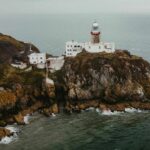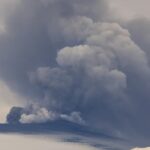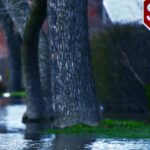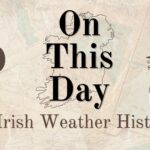
How just 12 species reshaped the world’s ecosystems
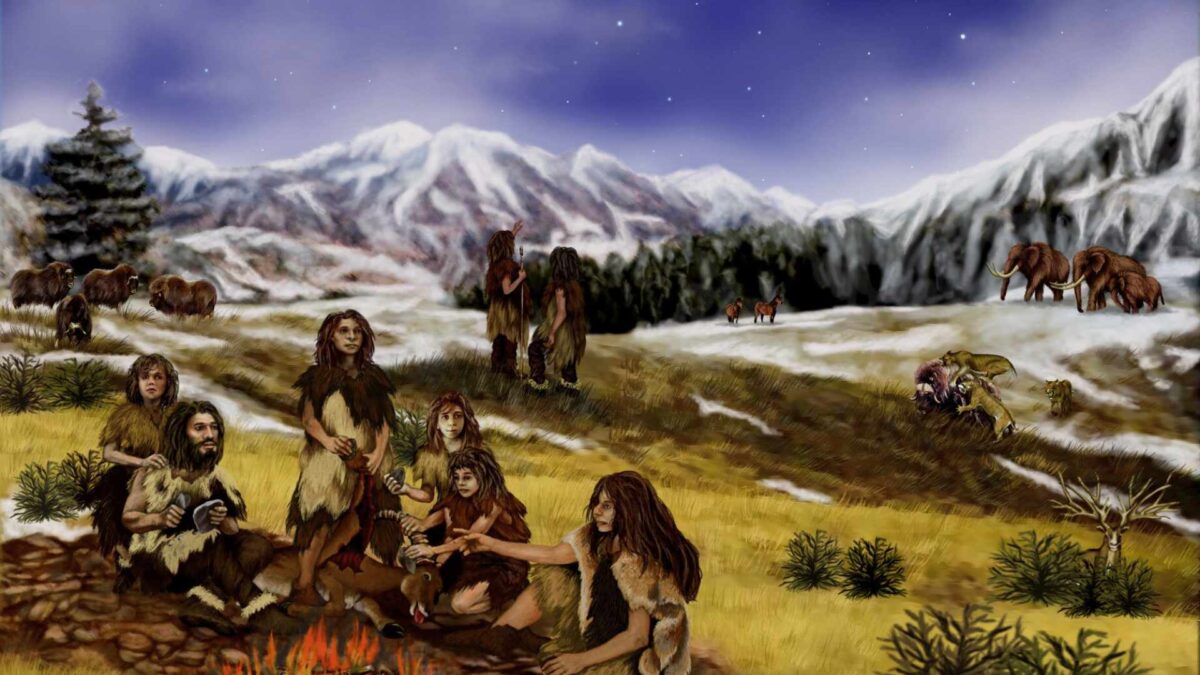
Fossil evidence from six continents has revealed the extent to which people have transformed mammal communities across the world over the past 50,000 years.
An international team of researchers, writing in Biology Letters, found that during the last Ice Age mammal communities were shaped by climate zones and natural barriers. That pattern was disrupted after farming began around 10,000 years ago, when just a handful of domesticated species spread alongside humans and permanently altered ecosystems.
“The study shows how agriculture and hunting combined as powerful global forces to reorganise ecosystems, which still creates conservation challenges today,” said Associate Professor John Alroy of Macquarie University, a co-author of the research.
The team found that just 12 domesticated species – among them cattle, sheep, pigs and horses – appeared in roughly half of the global sites studied, changing the composition of animal communities.
“We examined species lists from hundreds of archaeological and palaeontological sites across multiple continents, spanning the past 50,000 years,” said lead author Professor Barry Brook from the University of Tasmania.
All domesticated species had an impact, the researchers said, with donkeys, goats and dogs also reshaping communities. Large grazing animals such as horses and cattle were especially influential because of their ability to monopolise food resources.
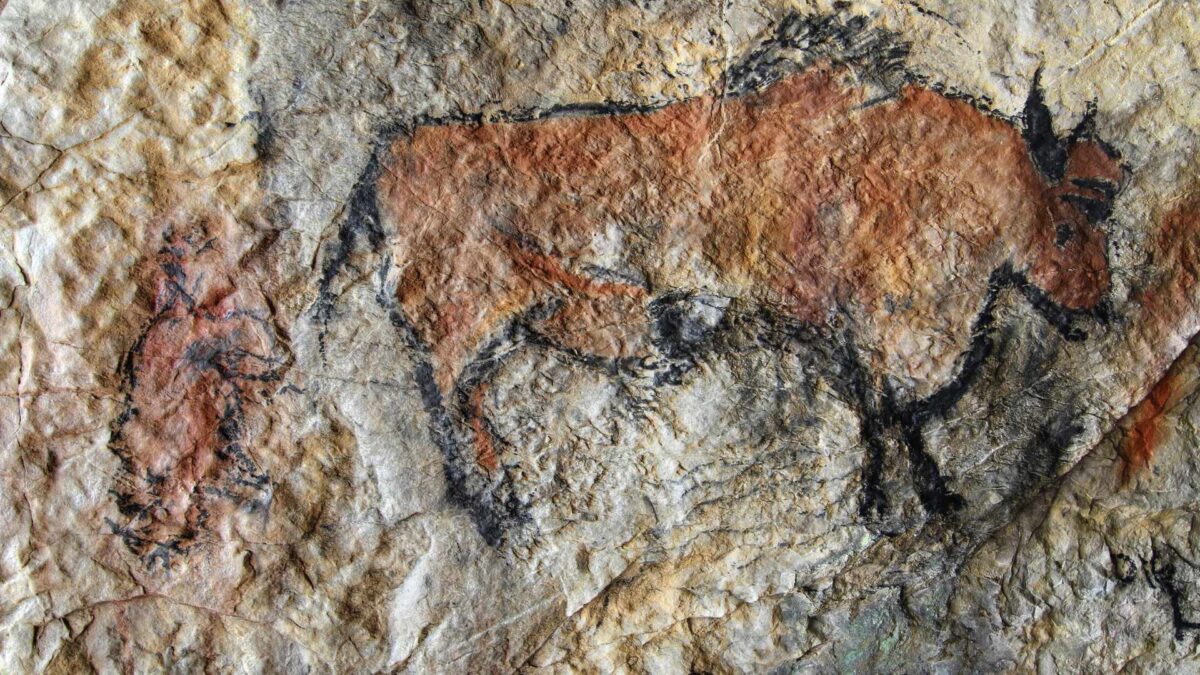
Using a new computer-clustering method, the study showed that domesticated animals created links between archaeological sites thousands of kilometres apart, while many wild mammals declined or disappeared following human arrival.
“Over the last 10,000 years or so, humans have overseen the wholesale replacement of native mammal communities with a very limited set of domesticated species,” said Dr Alroy.
The findings suggest that even today, protected areas in places such as Australia and the Americas contain less than half of the large mammal species that would once have lived there without human interference.
Share this WeathÉire story:
